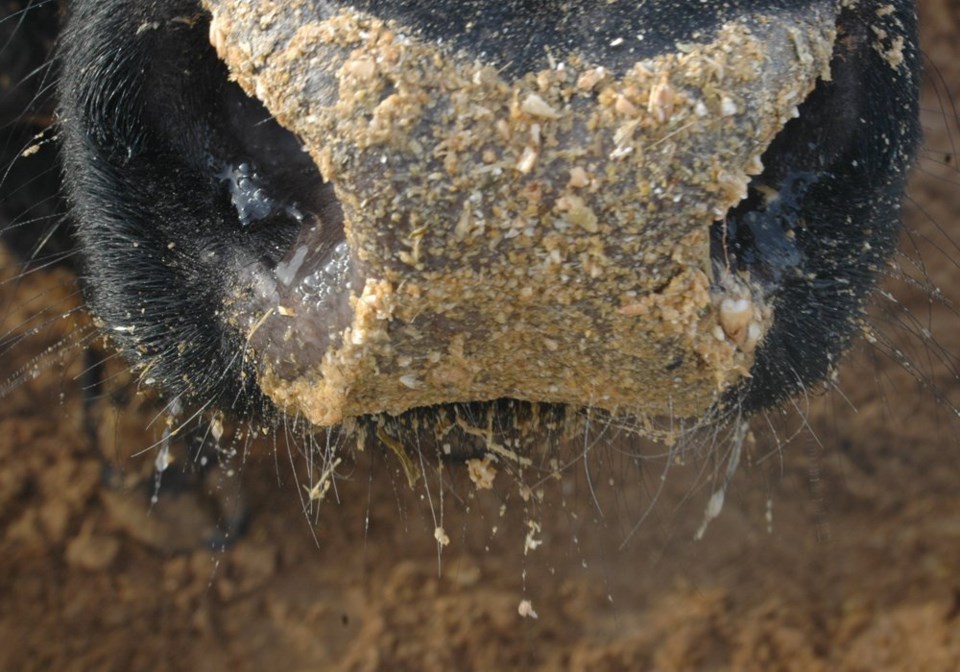With the fall run all but wrapped up for the year, Tyler Cronkhite, manager of Cowtown Livestock Exchange in Maple Creek, Sask., said there is a more upbeat feel with ranchers than during the worst of this summer’s drought.
“The market, as a whole has been pretty good” he said. “The calves brought more than what everybody expected. We’re facing a bit of a tough time with kill cows but saying that, it’s a drought with a shortage of feed and we are seeing across the Prairies more cows are coming to town and the price can’t go up — it’s got to come down a little bit.”
But Cronkhite said while those prices are soft, they aren’t catastrophic.
“Ranchers are culling harder, but most guys are keeping some heifers, maybe not as many as in years past,” he said. “And on the other side, there are some producers that usually keep replacements but just with the high cost of feed, they’ve marketed their cattle in the ring as it’s not economical for their operation.”
Ian Goodbrand, owner of Dryland Cattle Trading Corp. in Veteran, Alta., was skeptical of some of the early forecasts for large-scale culling of herds.
While he stressed that some individual ranchers have had a terrible go of it this year, the industry is proving resilient.
“The breed-cow trade is very similar to last year for pricing, good demand for breed cows and not an overly burdensome number of them for sale,” he said.
Goodbrand said the cow slaughter has increased but that’s remained in the single digits in the range of eight percent, which remains better than the latest American figures at 10 percent.
“The feeder market is relatively strong, the same or a little bit higher than last year, and the fat cattle market in the U.S. is breaking out to the upside very strongly,” he said. “We haven’t looked this positive for seven or eight years as far as pricing for cattle or beef on the retail side.”
If a tentative labour deal between workers and Cargill holds at the High River, Alta., processing facility and the COVID pandemic continues to recede, there is a lot to feel positive about, said Goodbrand.
As far as national cattle inventory reductions, he said it’ll probably be no more than a few percentage points.
“Our fall movement of calves is relatively similar to other years. I think we got a small reduction in the beef herd,” said Goodbrand. “When we get our Jan. 1 Statistics Canada inventory, I think we’ll be down two or three percent.”
One variable that continues to threaten the upside of the solidifying market is the dry weather, said both Goodbrand and Cronkhite.
“But as far as feed costs, to me that’s been factored into the market already,” he said.
There are also opportunities to grab up, said Cronkhite, especially with bred females and young cows available for reasonable prices.
The AgriRecovery programs in Alberta and Saskatchewan are there to support producers in getting feed. Cronkhite encouraged ranchers to take advantage of the $200 in support payments to build up reserves.




